
Update: This article was last updated on 21st December 2023 to reflect the accuracy and up-to-date information on the page.
Have you heard about smart computer programs? Generative Artificial Intelligence is one of them! It can create pictures, music, and stories all on its own.
It’s like having a super creative friend who can make amazing things that nobody has ever seen or heard before. It uses its knowledge and imagination to create brand-new and original stuff.
What is Generative AI?
Generative AI is a form of artificial intelligence system that can generate various types of material on its own, such as text, audio, and synthetic data.
According to statistics on generative AI, 10% of all data produced globally by 2025 will come from Generative AI. This artificial intelligence system can generate different content, such as text, pictures, audio, and synthetic data.
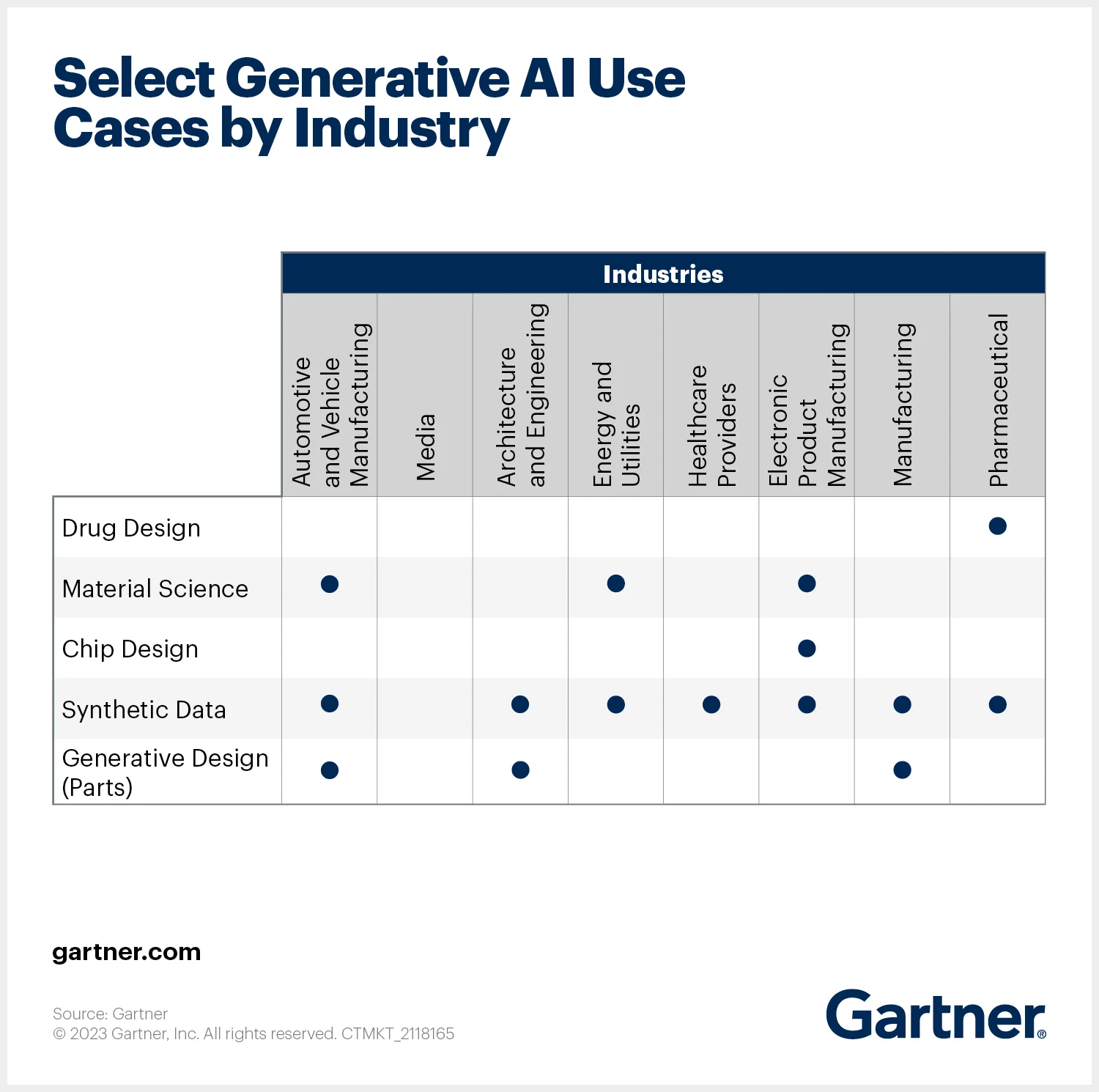
It is a growing market, and according to the study, generative AI is predicted to reach $15.7 trillion by 2030.
Recommended for reading: 10 LATEST DEVELOPMENTS IN ARTIFICIAL INTELLIGENCE
Generative AI History?
Generative AI is a technology that has been around for a while. Chatbots were the first to use generative AI in the 1960s. However, it was not until 2014, when Generative Adversarial Networks (GANs), a machine learning algorithm, were invented, that generative AI could produce impressively realistic photos, videos, and audio of actual people.
How does Generative AI work?
Large datasets are used to train generative AI models like generative adversarial networks (GANs) and variational autoencoders (VAEs), which discover patterns and structures in the data. After training, they can produce new content by selecting from previously acquired patterns and producing results that resemble the examples they used during training.
According to reports, in 2023, approximately 10% of American citizens will have social media profiles that use generative AI.
Additionally, a recent research report shows that social media posts by artists and musicians will continue to be the most enticing material for individuals in the US as of 2023. In 2021, generative AI garnered more than $52.9 billion in private financing in the country.
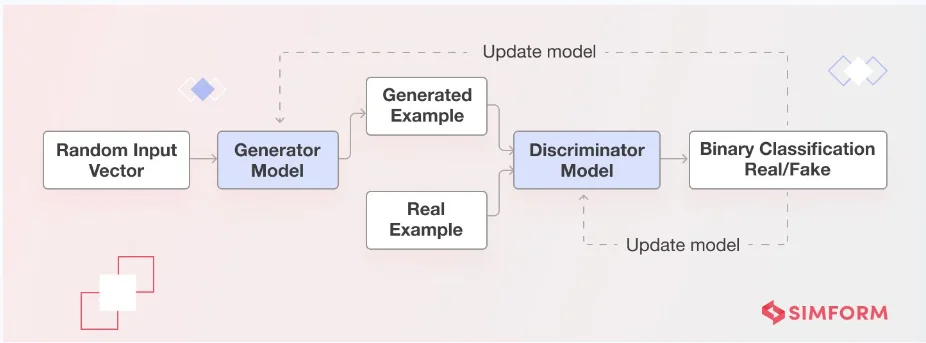
Recommended for reading: ARTIFICIAL INTELLIGENCE IN EDUCATION: HOW IS IT MAKING AN IMPACT?
What Kids Need to Know About Generative AI?
Generative AI is an intriguing and quickly expanding field that children should be familiar with. Here are some crucial items to remember:
1. Generative AI is not magic:
First, it is not a magician with a magic wand. But Generative Artificial Intelligence (AI) is indeed a fascinating and fast-evolving field that allows machines to generate fresh and unique content.
It is not, however, magic and is based on intricate algorithms and mathematical models. It works by analyzing data patterns and creating new content based on those patterns using a neural network.
Just like any other technology, Generative AI has its own set of pros and cons. It can also be used as a substitute for human creativity to create fake news, deep fakes, and other forms of deception.
That’s why it’s important to sensitize children about the potential negative uses of this technology and its realities.
They should be informed about how Generative AI can be misused and the importance of being critical thinkers when encountering AI-generated content.
2. Generative AI is still developing:
The field of Generative AI is still in its infancy. It is growing quickly, but it is still far from reaching its full potential. Bias poses one of the main obstacles to its development. By using more diverse datasets and new algorithms that can detect and fix prejudice, researchers are attempting to address this issue.
Despite these shortcomings, generative AI has made some fascinating advancements recently, including creating realistic fictional human representations.
One of its most popular examples is ChatGPT. It simplifies tedious tasks and can produce content that is plausible and coherent, like news articles or stories.
Despite obstacles, Generative AI is a booming technology that has a lot of potential applications.
3. Generative AI can be used for both good and bad:
Generative AI has the potential for both positive and negative applications. This powerful technology can be applied for the development of novel medications, the discovery of novel therapeutic approaches, and the improvement of medical diagnosis.
Conversely, it can also be exploited to create fake news and deep fakes – misleading information disseminated to deceive Deepfakes are manipulated videos and images that can be used to mislead or sway public opinion.
It is crucial to educate children about the advantageous applications of generative AI, such as its contributions to medicine and the arts, while also highlighting its potential negative impacts and teaching them how to recognize and address these issues.
4. Generative AI is not a replacement for human creativity:
Children should be informed that while generative AI is a powerful tool capable of enhancing human creativity, it cannot completely replace the creative capacity of the human mind.
Generative AI cannot replicate the entirety of human creativity, which includes imagination, emotion, intuition, and first-hand knowledge. Moreover, human creativity encompasses not only the creative process but also the final product.
Recommended for reading: ROLE OF AI IN AUGMENTED AND VIRTUAL REALITY
Kids Apps With Fun Generative AI Examples
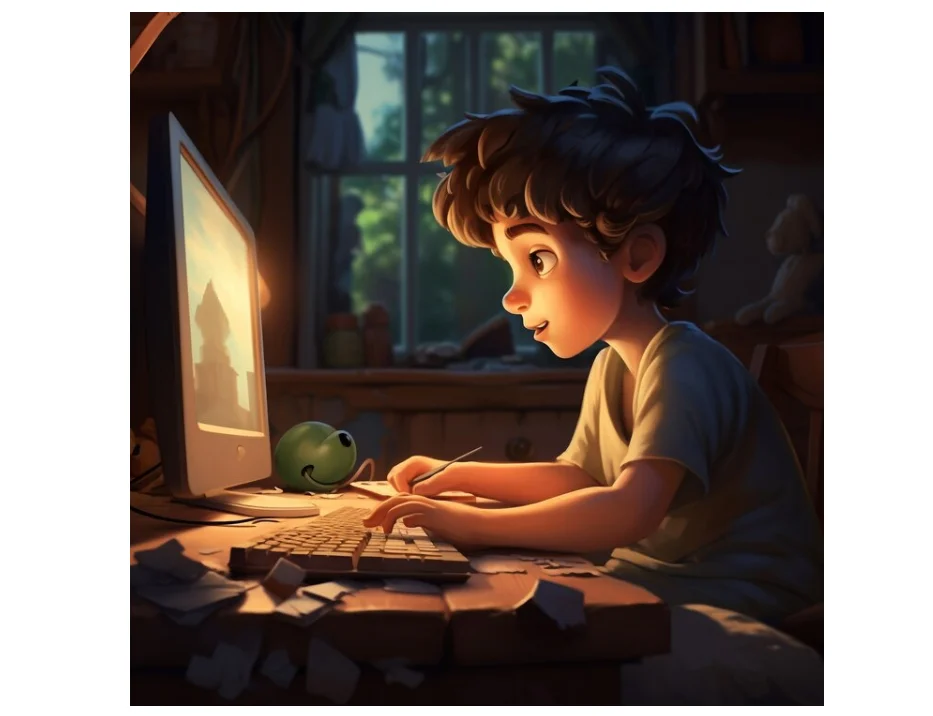
Generative AI, a captivating technology capable of independently producing original content like art, music, and stories, acts as a super creative companion, crafting unique and unseen creations. Here are entertaining examples of generative AI applications tailored for kids:
DALL-E Mini:
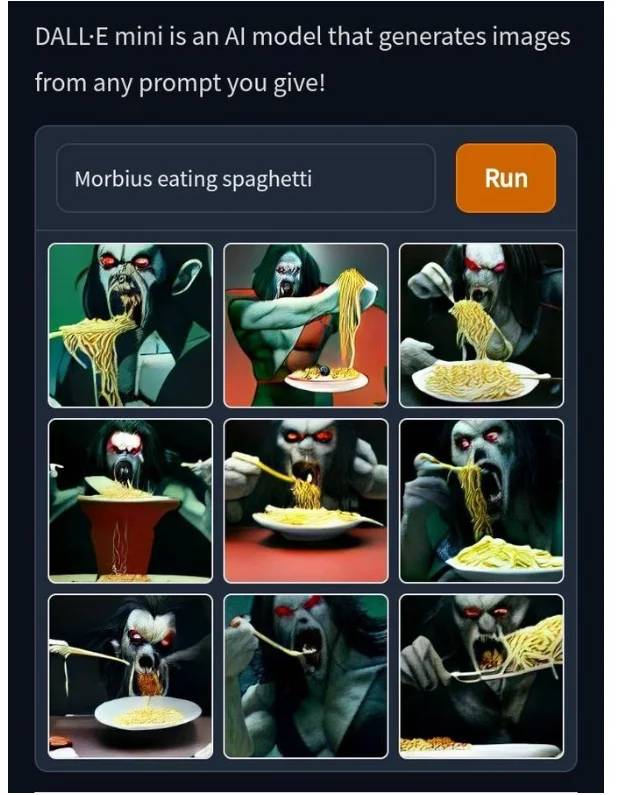
DALL-E Mini transforms text descriptions into images. Children can leverage this tool in various ways:
Crafting custom artwork by describing their vision, such as “a cat sitting on a rainbow” or “a dog playing fetch with a ball.”
Formulating imaginative stories inspired by DALL-E Mini’s generated images, like “a pirate ship sailing the seas” or “a princess in a castle.”
Designing unique clothing or furniture with starting points from DALL-E Mini’s images, for instance, “a dress with a unicorn print” or “a sofa resembling a cloud.”
Innovating marketing campaigns with eye-catching visuals like “a picture of a hamburger that induces hunger” or “an ad for a new video game with a cool appearance.”
Exploring educational topics related to science, history, and more by prompting DALL-E Mini, such as “a picture of a black hole” or “an image of a potentially habitable planet.”
Additionally, DALL-E Mini proves valuable in generating illustrations for lesson slides, handouts, and coding project presentations, enriching coding courses for kids and beginners.
ChatGPT:

ChatGPT, a chatbot driven by generative AI, offers interactive responses to questions and information requests. Kids can engage with ChatGPT in various enjoyable ways:
Playing games like 20 Questions or Mad Libs, turning ChatGPT into a source of fun and educational challenges.
Collaborating with ChatGPT to create and enhance stories, generating ideas for characters, plots, and settings.
Acquiring knowledge on diverse subjects by asking ChatGPT questions, receiving factual summaries, or creatively presenting information.
Unleashing creativity by utilizing ChatGPT for idea generation, poetry writing, or even music composition.
Simply enjoying ChatGPT as an entertaining and interactive pastime.
While ChatGPT provides entertainment and utility, parental guidance ensures safe and positive online experiences.
Recommended for reading: CHATGPT TUTORIAL – FOR COLLEGE STUDENTS AND CODERS
SmartDreams:
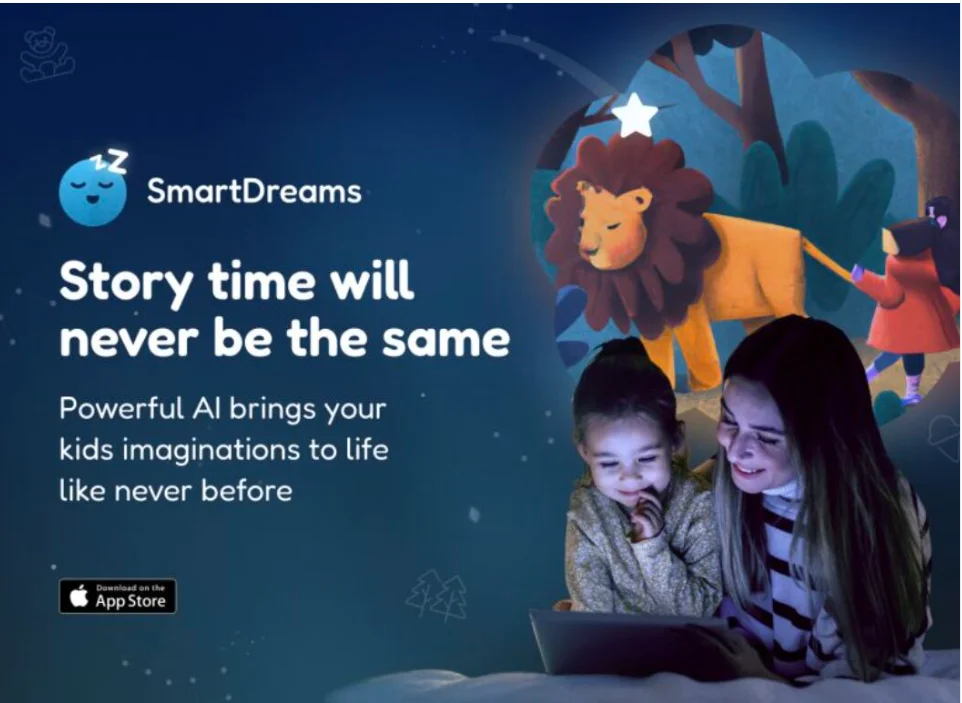
SmartDreams, an AI-driven storytelling platform, simplifies the creation of personalized bedtime stories. Kids can leverage SmartDreams in the following ways:
Crafting personalized bedtime stories by selecting characters, settings, and plot elements, with the AI generating a unique story based on their choices.
Exploring educational content tailored to their interests, such as animals, science, or history, through stories generated by SmartDreams.
Improving writing skills by using SmartDreams to brainstorm ideas, receive feedback, and revise stories.
Utilizing SmartDreams for relaxation and stress relief, either by listening to favorite stories or creating their narratives before bedtime.
Enhancing family bonding through shared story creation, reading, or listening experiences.
SmartDreams proves beneficial in coding projects, especially for coding beginners, making the learning experience more accessible, engaging, and enjoyable.
What advantages does the use of generative AI offer?
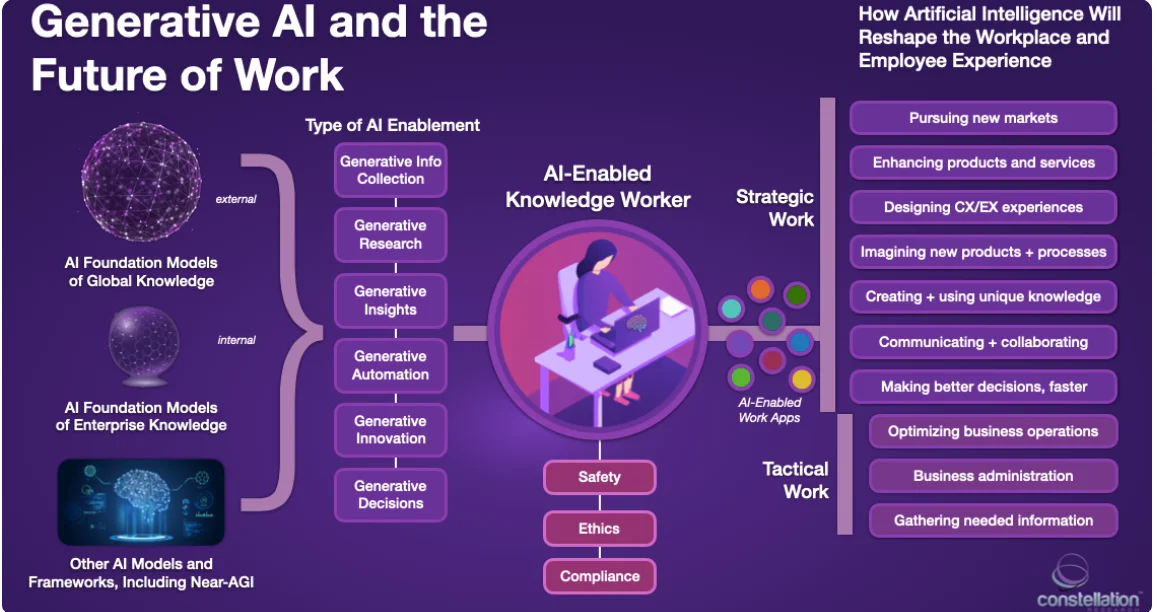
Beyond the amusement factor, these AI tools present tangible opportunities and benefits, particularly for young individuals:
Fostering Creativity: While the quality of output may vary, generative AI tools serve as excellent starting points for idea development and exploration. Educators can leverage these tools in the classroom, prompting students to craft stories or descriptions inspired by AI-generated images or story ideas. Additionally, students can create AI artwork mimicking the styles of multiple artists.
Fast and Easy Operation: Many Generative AI tools operate swiftly with minimal user input—often just a text prompt—allowing users to explore and refine output complexities.
Creation Without Specialized Skills: Generative AI enables content creation even for individuals lacking specific skills or abilities. For instance, someone without artistic prowess can utilize image generation tools to create art, and language models (LLMs) facilitate lyric and poetry creation without advanced skills. Skilled individuals can use it to refine or enhance their creativity.
Mostly Free Accessibility: While some tools may require paid subscriptions, many alternatives are freely available, catering to the creative needs of young users. Some free tools offer a limited number of generations per day, making them accessible without financial barriers.
Time-Efficient Task Performance: Certain tools, especially Language Models (LLMs), efficiently perform tasks that would typically demand human time investment but don’t necessitate human thinking or intervention. This time-saving aspect allows individuals to redirect their focus toward more complex or challenging tasks requiring human input.
Accessibility Features: Generative AI tools provide valuable accessibility features. AI screen readers accurately describe images to partially sighted users or convert text into natural-sounding speech. LLMs offer flexible ways to convey text information based on user needs, adjusting complexity or length. Some tools can learn user preferences and automatically format or present output accordingly.
Recommended for reading: TOP 10 CHATGPT COMMANDS FOR KIDS
Guidelines for Using Generative AI Responsibly:
To ensure responsible and safe use of generative AI apps, it is essential to:
Provide specific prompts to generate accurate and relevant results.
Teach kids how to evaluate the output, encouraging critical thinking and awareness of potential biases, inaccuracies, or inappropriate content.
Kids can explore generative AI through various avenues. Here are some suggestions:

Take Coding Classes: Enroll in online or in-person coding classes tailored for kids. These classes not only introduce the basics of coding but also provide a supervised exploration of generative AI apps, offering hands-on experience with specific tools.
Experiment with Generative AI Tools: Explore numerous generative AI tools available online. These tools allow kids to create their images, music, and text, providing a practical understanding of how generative AI functions. Additionally, these tools offer a fun and creative outlet for exploration.
Talk to Experts: Engage in conversations with experts in generative AI, including scientists, engineers, and artists. These experts can offer valuable insights into the potential benefits and risks associated with generative AI. Furthermore, they can guide the responsible and ethical use of this technology.
By incorporating these activities, kids can gain a comprehensive understanding of generative AI while fostering a sense of curiosity and responsibility toward this evolving technology.
Using Generative AI tools poses various risks for young people
There is a flip side to this:
Accuracy Concerns: Generative AI, such as ChatGPT, may produce responses that sound accurate but might contain false or inaccurate information. The tool can generate outputs that ‘hallucinate’ or makeup facts, potentially leading to misinformation.
Trust and Misinformation: Generative AI can be manipulated to reflect biases or opinions, and misinformation campaigns can exploit this. Users might believe and propagate AI-generated content, impacting their beliefs and potentially leading to risky actions.
Plagiarism and Ownership Challenges: Educators worry about potential plagiarism when students use Generative AI to create content. Questions about copyright, intellectual property, and ownership arise, raising debates on compensation and fair use.
Exposure to Harmful Content: While safeguards exist to prevent illegal content creation, there’s a possibility that AI-generated output might expose young users to harmful, inappropriate, or illegal content. Bypassing ethical coding could lead to unintended exposure.
Data Privacy Risks: LLMs might inadvertently reveal personal data, and users must comply with age requirements for account creation. Data privacy concerns arise, especially considering regulations like GDPR that mandate a minimum age for service use.
Amplification of Bias: Generative AI tools, trained on diverse data, may inherit biases. Users, including young people, may unknowingly encounter biased output, influencing their views and beliefs.
Impact on Education: While Generative AI is designed to enhance learning, its misuse by students, such as relying on LLMs to write answers, can undermine genuine learning experiences. AI-generated content may conceal gaps in understanding, affecting educational outcomes.
Considering and addressing these issues is crucial to ensuring the responsible and informed use of Generative AI among young people.
Parents and educators can contribute significantly to responsible learning about generative AI for kids. Here are some tips:
Initiate Conversations: Engage kids in discussions about generative AI. Clearly explain what it is, and how it functions, and discuss both the potential advantages and risks associated with this technology.
Explore Kid-Friendly Tools Together: Utilize kid-friendly generative AI tools as a collaborative learning experience. This hands-on exploration can help kids understand the capabilities and limitations of generative AI in a safe environment.
Encourage Critical Thinking: Foster critical thinking skills in kids regarding the content they generate using generative AI. Teach them to discern inappropriate or potentially harmful content and guide them on responsible usage.
By adopting these strategies, parents and educators can actively participate in guiding kids through the exploration of generative AI, ensuring a balanced understanding of its implications.
Conclusion
Generative AI is an innovative technology that can provide a range of opportunities for coding for children, those who are new to coding, and those involved in coding courses for children. However, it is important to ensure that generative AI is used responsibly and that biases in the generative AI models are addressed. With the correct guidance, children can use generative AI to generate remarkable projects and gain new insights into the world, thus transforming the coding experience of the next generation.











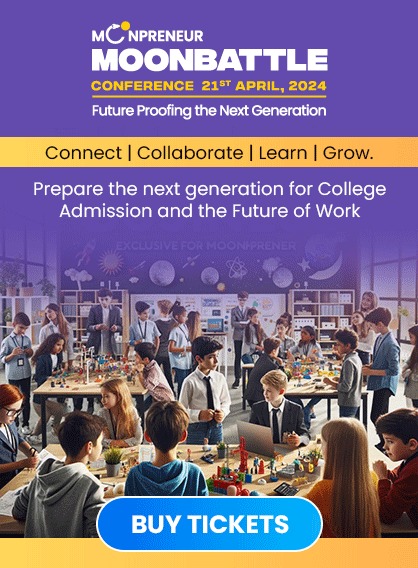




How can generative AI encourage my kids to explore their creativity? Can it inspire them to create new stories, artworks, or even music?
Generative AI sparks curiosity by showing kids how technology can assist in creative endeavors. By generating diverse ideas in stories, art, and music, it encourages experimentation and imaginative exploration.
How can we ensure that AI-generated content remains safe for my son?
Ensuring safety in AI-generated content for kids involves rigorous content moderation, employing filters to block inappropriate material, and implementing age-appropriate guidelines and parental controls for access and interaction. I hope this helps.